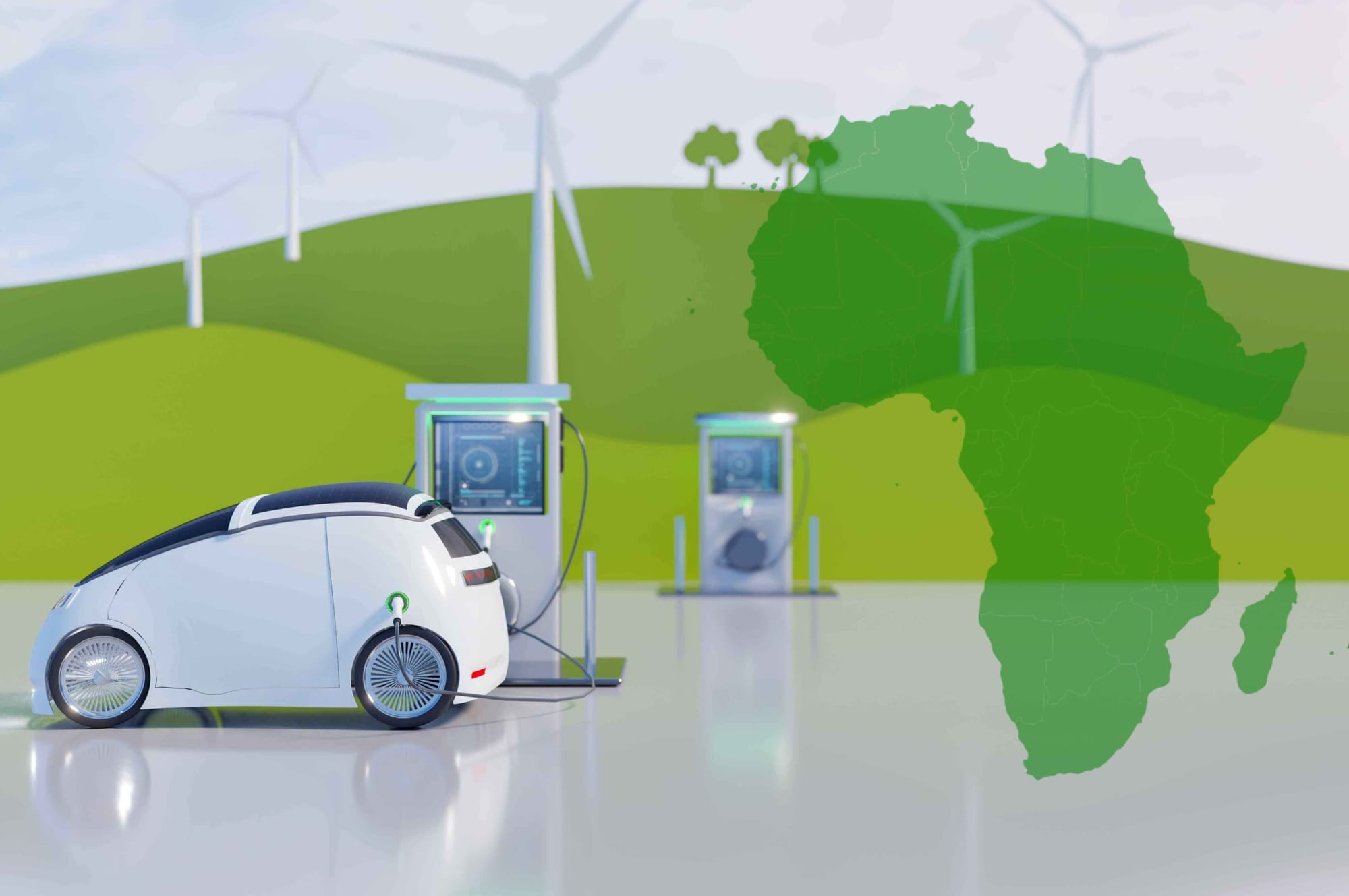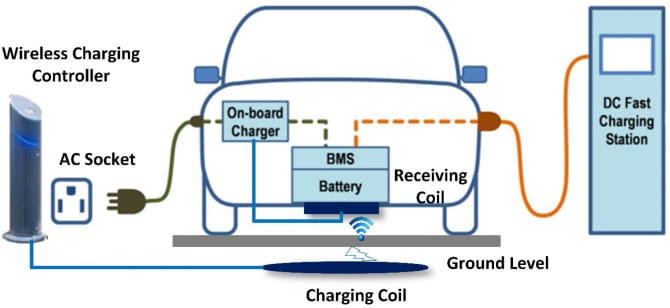Affordability and Market Expansion in Electric Vehicles.
The global electric vehicle (EV) market is expanding rapidly as technological advancements, supportive government policies, and growing environmental awareness drive increased demand.


The global electric vehicle (EV) market is expanding rapidly as technological advancements, supportive government policies, and growing environmental awareness drive increased demand.
One of the key factors enabling the wider adoption of EVs is the increasing affordability of these vehicles, alongside the expansion of markets beyond traditional strongholds in regions like Europe, the U.S., and China.
We will explore how affordability is improving within the EV sector and how market expansion is unfolding across various regions.
1. Falling Costs of Electric Vehicles
The cost of electric vehicles has been a significant barrier to their widespread adoption, with EVs historically being more expensive than their internal combustion engine (ICE) counterparts.
However, several factors are contributing to a decrease in the overall cost of EVs, making them more affordable to a wider audience.
Battery Cost Reductions
One of the primary reasons for the high cost of electric vehicles has been the price of lithium-ion batteries, which account for around 30-40% of an EV’s total production cost.
Over the past decade, the price of these batteries has fallen dramatically. According to Bloomberg New Energy Finance (BNEF), the average cost of a lithium-ion battery pack decreased from $1,100 per kilowatt-hour (kWh) in 2010 to about $137 per kWh by 2020.
Economies of scale have driven this reduction, improvements in battery manufacturing, and technological advancements, such as the development of solid-state batteries, which offer better energy density and lower production costs.
As battery prices continue to decline, experts predict that EVs will reach price parity with ICE vehicles by 2025, meaning that electric cars could soon cost the same or even less than gasoline-powered vehicles.
This shift is crucial for increasing affordability and accelerating the adoption of electric vehicles.

Increased Competition and Economies of Scale
The rising number of manufacturers entering the EV market is also driving down costs through increased competition and economies of scale.
New entrants from China, such as BYD, XPeng, and NIO, are producing affordable EV models aimed at middle-income consumers, making EVs more accessible than ever before.
In markets like Europe and the U.S., traditional automakers such as Volkswagen, Ford, and General Motors are scaling up their EV production lines, which is helping to lower costs through mass production.
For example, the introduction of electric models like the Volkswagen ID.4 and Chevrolet Bolt in the U.S. and Europe has provided more affordable options for buyers, competing with the higher-priced models traditionally offered by Tesla.
Increased competition is not only driving innovation but also giving consumers more choices at various price points, further boosting the market.
2. Government Incentives and Subsidies
Government policies remain a critical driver of EV affordability.
Various countries offer substantial incentives and subsidies to offset the higher upfront cost of EVs, encouraging consumers to make the switch from traditional gasoline-powered cars.
Tax Breaks and Direct Rebates
In the U.S., the federal government offers a tax credit of up to $7,500 for the purchase of new EVs.
Several states also offer additional rebates or tax credits. In California, for example, buyers can receive up to $2,000 in rebates, making EVs more affordable.
European countries like Norway, France, and Germany also provide generous subsidies for EV purchases.
Norway, in particular, exempts EVs from value-added tax (VAT) and import duties, leading to electric cars becoming cheaper than ICE vehicles in the country.
These incentives are crucial in bridging the price gap between EVs and gasoline vehicles.
As more governments set ambitious goals to phase out internal combustion engine vehicles and promote clean transportation, incentives will continue to play a pivotal role in driving affordability and increasing adoption.

Incentives for Used Electric Vehicles
In addition to incentives for new EV purchases, some countries are beginning to offer rebates for used EVs, helping to create a secondary market for affordable electric vehicles.
In the U.S., states like Colorado provide rebates of up to $2,500 for the purchase of used EVs, making electric mobility accessible to low- and middle-income families.
3. Expansion into Emerging Markets
While developed markets in North America, Europe, and China have been the traditional drivers of EV adoption, the next wave of market expansion is set to occur in emerging economies across Asia, Latin America, and Africa.
China’s Role as a Global Leader
China is the world’s largest EV market, accounting for over 40% of global electric vehicle sales in 2022.
Chinese manufacturers such as BYD, XPeng, and NIO are not only producing EVs for the domestic market but are also expanding aggressively into global markets, including Europe and Southeast Asia.
By exporting affordable EV models to emerging markets, Chinese automakers are driving the global EV market's growth.
India: An Emerging EV Frontier
India, one of the largest automotive markets in the world, is positioning itself to become a major player in electric mobility.
With ambitious plans to electrify its vehicle fleet, the Indian government has introduced the Faster Adoption and Manufacturing of Hybrid and Electric Vehicles (FAME) program, which provides subsidies for EV purchases and supports the development of charging infrastructure.
Indian automakers like Tata Motors and Mahindra are developing affordable electric cars for the domestic market, targeting middle-income consumers.
For instance, the Tata Nexon EV has become one of the most popular electric models in India, thanks to its competitive pricing and government incentives.
India’s move toward electric mobility is crucial not only for reducing its carbon emissions but also for expanding EV adoption in other emerging markets.
Latin America and Africa
In regions such as Latin America and Africa, the EV market is still in its nascent stages, but there are signs of growth.
Countries like Chile and South Africa are exploring ways to expand their electric mobility sectors through government incentives and public-private partnerships to build charging infrastructure.
In Latin America, Colombia and Brazil have introduced tax incentives for electric vehicle imports, while in Africa, nations like Rwanda and Kenya are piloting electric bus programs and incentivizing the use of electric motorcycles, which are widely used for public transportation.
As infrastructure improves and costs continue to fall, these regions are expected to play a larger role in the global EV market.

4. The Role of Infrastructure in Market Expansion
The availability of EV charging infrastructure is critical to the expansion of electric vehicles, particularly in regions with less-developed infrastructure.
Governments and private companies are investing heavily in building public charging stations, which is helping to alleviate "range anxiety"—the fear that an EV will run out of battery before reaching a charging point.
In Europe, the European Union’s Alternative Fuels Infrastructure Directive mandates the installation of public charging points across member states, while in the U.S., the Bipartisan Infrastructure Law has allocated $7.5 billion to develop a nationwide EV charging network.
As charging infrastructure becomes more widespread, particularly in urban areas and along highways, the convenience of owning an electric vehicle will improve, further driving market expansion.

In conclusion affordability and market expansion are key factors in the ongoing growth of the electric vehicle sector.
Falling battery costs, increased competition, and government incentives are making EVs more affordable than ever before while emerging markets in Asia, Latin America, and Africa are poised to become major players in the electric mobility revolution.
As technological advancements continue and charging infrastructure expands, electric vehicles are set to become a mainstream option for consumers worldwide, accelerating the transition to a sustainable transportation future.




